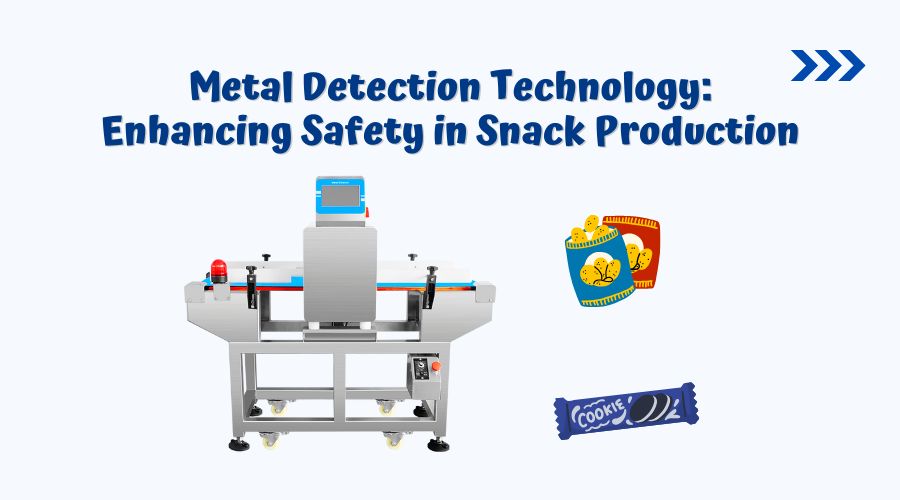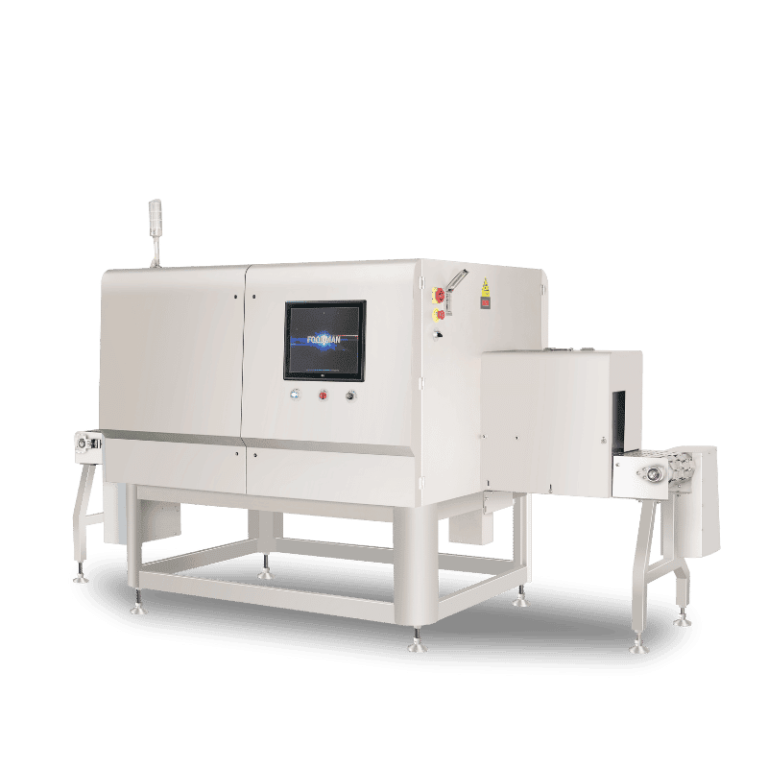Introduction: Why Snack Safety is a Priority
Snack products are among the most widely consumed items in the global food industry, and with their popularity comes increasing scrutiny. Consumers today expect not only delicious flavors and appealing textures but also assurance that their food is free from harmful contaminants. Maintaining food safety has become a top priority for manufacturers, particularly in high-volume food production lines where even a small lapse can lead to widespread recalls. This makes the integration of advanced inspection solutions, such as the metal detector in food industry applications, more critical than ever before.

The Rising Consumer Awareness of Product Safety and Quality
Modern consumers are far more informed than in the past. They actively research product labels, monitor recalls, and demand higher standards of safety in their snacks. Social media amplifies awareness, meaning that a single safety incident can quickly escalate into a brand reputation crisis. To meet these expectations, manufacturers are increasingly turning to food industry metal detectors, which answer the question: “what do metal detectors detect” in packaged snacks? These devices can identify contaminants such as ferrous, non-ferrous, and stainless-steel particles before the products ever reach store shelves, protecting both consumers and brands.
Regulatory Compliance Challenges in Snack Manufacturing
Beyond consumer expectations, regulatory authorities worldwide impose strict guidelines on contamination prevention. Failing to comply with these standards can result in fines, product withdrawals, or loss of certification. The critical role of a metal detector for food production line is not only to ensure compliance but also to provide traceable inspection data that can be used for audits and safety reports. For manufacturers wondering “how does a metal detector work” in compliance settings, the process involves generating a magnetic field to detect metallic disturbances as products pass through. By demonstrating how the metal detector works, companies can guarantee that each batch aligns with international food safety regulations.
Introducing metal detection technology as a preventive measure
Instead of reacting to contamination problems after they occur, forward-thinking manufacturers focus on prevention. This is where metal detector in food industry applications prove invaluable. These systems provide real-time monitoring and automatic rejection of contaminated snacks, ensuring that no unsafe product leaves the production line. Understanding how a metal detector works reveals why it is effective: the system senses minute metallic particles, often down to fractions of a millimeter, before packaging is sealed. For those asking “what can a metal detector detect”, the answer includes a wide range of metals—iron, aluminum, and even stainless steel—making it one of the most reliable tools for preventive safety. In short, advanced detection technology strengthens consumer trust, supports regulatory compliance, and establishes the foundation for long-term success in the snack sector.
Identifying Metal Contamination Threats in Snack Production
Maintaining food safety in snack manufacturing requires a deep understanding of where potential contaminants originate. Even with strict hygiene practices, metallic fragments can still enter the production flow at various stages. To protect consumers and ensure compliance, manufacturers rely on food industry metal detectors to identify and remove these threats before snacks are packaged and shipped.
Common Contamination Sources: Production Machinery, Packaging, Ingredient Handling
One of the most frequent contamination risks comes from production machinery. Over time, equipment parts such as blades, cutters, or conveyors may wear down, releasing small metal fragments into the food stream. Packaging processes also contribute, especially when aluminum foil or metalized film is used. Finally, raw ingredients can sometimes arrive contaminated from suppliers, adding another layer of risk. For this reason, deploying a metal detector in food industry settings is essential. But manufacturers often ask: “what do metal detectors detect” in these environments? The answer is that they can identify ferrous, non-ferrous, and stainless-steel particles, regardless of whether they enter the process through equipment, packaging, or raw materials.
Risks in Different Snack Formats: Chips, Nuts, Bars, And Baked Products
Different snack categories present different contamination challenges. For instance, potato chips and extruded snacks pass through high-speed production lines, increasing the chance of mechanical wear and metal shedding. Nuts are often bulk-processed and sorted, where foreign objects can enter during handling or transport. Snack bars and baked products involve multiple stages of mixing, cutting, and wrapping—each step presenting potential entry points for contaminants. Here, a metal detector for food production line plays a critical role by screening products continuously. Understanding how a metal detector works in these contexts helps highlight its effectiveness: it generates an electromagnetic field and identifies disturbances caused by metal particles in products. For manufacturers questioning “what can a metal detector detect” across various snack types, the answer is clear—it can reliably spot multiple kinds of metal contaminants across different formats and packaging types.
Lessons from Recent Recall Cases in the Snack Industry
Recent years have seen numerous high-profile recalls in the snack sector due to metal contamination. Cases involving chocolate bars with embedded stainless-steel pieces or nut-based snacks containing machinery fragments have led to reputational damage and financial losses for major brands. These incidents highlight why food industry metal detectors are not optional but essential. By demonstrating how a metal detector works—detecting metallic particles within milliseconds and triggering automatic rejection—manufacturers can avoid such costly mistakes. While no system is foolproof, the consistent use of metal detector in food industry applications has drastically reduced recall risks. Learning from these cases, it becomes evident that robust preventive systems are critical to maintaining both consumer trust and regulatory compliance.
Technical Overview of Metal Detection
Modern snack production relies heavily on food industry metal detectors to guarantee consistent food safety. To fully understand their value, it is important to explore how they function, what they can detect, and how they adapt to different product characteristics in the metal detector for food production line setup.
Principles Behind Metal Detectors in Food Production
At the core of the technology is electromagnetic field generation. How does a metal detector work? In simple terms, it produces a balanced electromagnetic field through a coil system. When a metallic contaminant passes through this field, it disrupts the balance and triggers a detection signal. Understanding how a metal detector works not only gives operators confidence but also ensures that detection systems are used to their full potential. For manufacturers, having a reliable metal detector in food industry applications ensures early removal of contaminants, protecting both consumers and the brand.
How Metal Detectors Detect Ferrous, Non-ferrous, And Stainless Steel Fragments
So, what do metal detectors detect? In snack manufacturing, contaminants may include ferrous (iron-based), non-ferrous (like aluminum or copper), and stainless steel particles. Each metal type reacts differently to electromagnetic fields. Ferrous metals are easiest to detect due to their magnetic properties, while stainless steel can be more challenging because of its lower conductivity. Yet advanced food industry metal detectors are capable of identifying all three categories, ensuring comprehensive protection. By knowing what can a metal detector detect, manufacturers can build confidence that their systems are addressing all major risks.
Adjusting Sensitivity for Diverse Snack Ingredients and Packaging Types
Snack products are highly diverse—ranging from dry baked goods to oily chips and from nut blends to chocolate-coated bars. Packaging also varies, including paper, plastic, and even metalized films. To handle this complexity, operators must adjust sensitivity levels. For example, detecting small fragments in lightweight products requires different calibration than in dense, multi-layered snacks. Here, understanding how the metal detector works allows teams to fine-tune sensitivity while minimizing false rejects. Configuring a metal detector for food production line with product-specific settings ensures optimal performance across all formats.
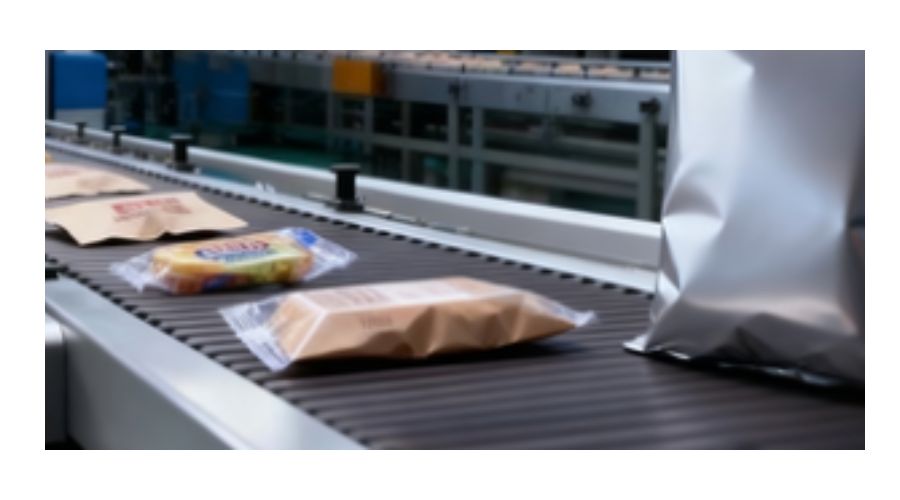
Reducing False Positives from Complex Product Effects (Oils, Seasoning, Moisture)
One of the biggest technical challenges in snack production is the “product effect.” High salt, seasoning, or moisture content can mimic the signal of metal contamination, leading to false positives. This wastes product and reduces efficiency. Advanced systems address this through adaptive filtering and multi-frequency technology. By learning how a metal detector works in different conditions, operators can separate genuine contamination from product-related signals. This capability makes food industry metal detectors highly reliable, allowing manufacturers to maintain stringent food safety standards without compromising production speed or accuracy.
Strategic Integration into Snack Production Lines
Implementing food industry metal detectors is not just about installing equipment—it’s about placing them strategically, ensuring seamless coordination with the metal detector for food production line, and maximizing their impact on food safety.
Placing Detectors at High-Risk Points for Maximum Coverage
To achieve optimal protection, detectors must be positioned at critical control points (CCPs) where contamination is most likely to occur. Common high-risk spots include raw ingredient intake, post-processing stages, and final packaging. Understanding how does a metal detector work helps operators determine the best placement for coverage across all stages. For example, in snack production, metal fragments from slicing, mixing, or packaging machinery may contaminate the product at different points. By aligning placement with an understanding of how the metal detector works, manufacturers can maximize safety and minimize undetected risks.
Linking with Automated Removal or Ejection Systems
Detection alone is not enough—products contaminated with metal must be removed without interrupting production. That’s why modern food industry metal detectors are often paired with automated rejection systems such as air blasts, push arms, or diverter gates. Knowing what do metal detectors detect and what can a metal detector detect ensures these rejection systems are tuned to handle everything from tiny stainless steel fragments to larger ferrous pieces. This automation reduces reliance on manual checks, increases efficiency, and prevents contaminated products from reaching consumers—protecting both food safety and brand reputation.
Coordination with Other Production Equipment: Conveyors, Weighers, Sealers
In high-speed snack manufacturing, equipment synchronization is essential. A metal detector in food industry settings must work in harmony with conveyors, multi-head weighers, sealers, and other packaging machines. For example, how a metal detector works alongside a conveyor belt influences sensitivity and product handling, while integration with weighers ensures rejected products don’t skew batch accuracy. By configuring the metal detector for food production line to operate seamlessly with upstream and downstream equipment, manufacturers can maintain smooth workflows, minimize waste, and ensure consistent compliance with safety standards.
Operational and Business Advantages
Incorporating food industry metal detectors into snack production does more than protect consumers. It also delivers measurable operational and business benefits, making the metal detector in food industry settings a strategic investment rather than just a regulatory requirement.
Enhancing Food Safety and Protecting Brand Reputation
The first and most critical benefit of integrating a metal detector for food production line is safeguarding food safety. By understanding how does a metal detector work, manufacturers can detect ferrous, non-ferrous, and stainless-steel contaminants before they reach consumers. Knowing what do metal detectors detect and what can a metal detector detect allows companies to configure their systems precisely to match their products, whether chips, nuts, or bars. Preventing contamination not only avoids health hazards but also protects brand reputation in a highly competitive snack market.
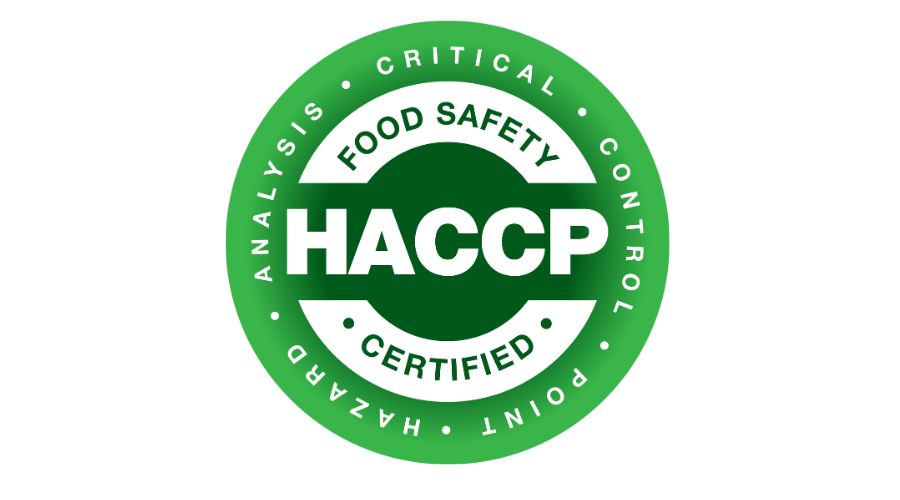
Minimizing Production Downtime and Financial Loss from Recalls
Recalls are among the most damaging events for food manufacturers, leading to wasted inventory, financial penalties, and long-term reputational harm. With modern food industry metal detectors, companies can identify and remove contaminated products instantly, preventing widespread issues. By applying knowledge of how the metal detector works and fine-tuning sensitivity settings, production teams reduce false positives and avoid unnecessary downtime. This proactive approach minimizes both immediate financial loss and long-term liabilities.
Supporting Continuous Improvement and Quality Assurance
Beyond detection, today’s metal detector in food industry equipment generates valuable inspection data. Tracking detection events helps identify recurring contamination sources—whether from equipment wear, raw materials, or packaging. Understanding how a metal detector works and analyzing what it finds empowers quality assurance teams to refine processes, address weak points, and enhance long-term safety standards. This cycle of detection, analysis, and improvement strengthens both compliance and operational resilience.
Boosting Overall Line Efficiency and Throughput
Finally, integrating a metal detector for food production line into snack manufacturing drives overall efficiency. By automating detection and rejection, lines can run at higher speeds without compromising food safety. Modern systems are designed to synchronize with conveyors, weighers, and packaging equipment, reducing bottlenecks and increasing throughput. Knowing how a metal detector works also helps operators fine-tune system performance to match specific product formats, minimizing waste and maximizing output.
Product-Specific Applications
The versatility of food industry metal detectors makes them essential across a wide range of snack products. Different product categories present unique risks, and understanding how a metal detector works helps manufacturers apply the right settings for each type of snack. Below, we explore how detection technology supports food safety in specific product groups.
Snack Bars and Confectionery
Snack bars and confectionery often contain a mix of sticky, dense, or multi-layered ingredients like chocolate, caramel, and dried fruits. These characteristics can create “product effect” challenges during inspection. By knowing how does a metal detector work and fine-tuning sensitivity, manufacturers can reduce false alarms while ensuring contaminants are captured. Understanding what do metal detectors detect—including ferrous, non-ferrous, and stainless steel fragments—ensures reliable protection in high-speed bar and confectionery lines.
Chips, Nuts, And Coated Snacks
Chips and nuts are processed in bulk and at high speed, raising the risk of contamination from processing equipment or ingredient handling. Coated snacks, such as flavored nuts, add another challenge due to seasoning and oil, which can interfere with detection. Properly configured metal detector in food industry applications can identify contaminants without slowing production. By leveraging knowledge of what can a metal detector detect, operators can guarantee food safety while maintaining throughput in large-scale snack lines.
Baked Snacks and Pastries
Baked products like crackers, biscuits, or pastries often involve multiple production stages—mixing, baking, cooling, and packaging. Each stage presents possible contamination points. Knowing how the metal detector works allows manufacturers to place detectors at the most critical stages, such as post-baking or final packaging. With metal detector for food production line solutions, companies can inspect efficiently while avoiding false positives caused by moisture or heat retention in freshly baked goods.
Frozen or Ready-to-Eat Snack Items
Frozen and ready-to-eat snacks require special attention because they often use complex packaging, such as foil or laminated films. This makes detection more difficult. Modern food industry metal detectors are designed to overcome these challenges, ensuring accurate inspection even with challenging packaging. By understanding how a metal detector works in frozen environments, manufacturers can ensure that what do metal detectors detect extends to the smallest fragments, protecting both consumers and brand trust.
Future Trends in Snack Metal Detection
As snack production becomes more complex—with diverse ingredients, innovative packaging, and higher consumer expectations—food industry metal detectors continue to evolve. Looking ahead, manufacturers are embracing smarter, connected, and more precise solutions to safeguard food safety and operational efficiency.
AI-Powered Adaptive Detection for Multi-ingredient Snacks
Snack products like protein bars, coated nuts, and flavored chips often combine multiple ingredients that create complex “product effects.” Traditional systems sometimes struggle to differentiate between natural variations in the product and actual contaminants. AI-powered systems enhance how a metal detector works by learning from vast data sets and automatically adjusting sensitivity. This means operators no longer need to manually compromise between safety and efficiency. By improving the accuracy of what do metal detectors detect, AI-driven detection reduces false positives and ensures consistent performance across diverse snack formats.

Hybrid Systems: Combining Metal Detection with X-Ray or Vision Inspection
While metal detector in food industry applications remain essential, they are increasingly integrated with complementary technologies like X-ray and vision systems. This hybrid approach provides a broader layer of protection—not only detecting metallic contaminants but also identifying non-metallic risks such as glass, stones, or plastic. For manufacturers, this integration enhances food safety by expanding what can a metal detector detect when paired with additional systems. Moreover, combining these technologies with metal detector for food production line solutions allows for simultaneous contaminant detection and packaging integrity checks, making inspection more comprehensive.
Real-Time Monitoring and Predictive Maintenance via IoT
The future of food industry metal detectors also lies in connectivity. IoT-enabled systems provide real-time monitoring of performance data, which helps operators understand exactly how a metal detector works under different conditions. This connectivity enables predictive maintenance, minimizing unexpected downtime and ensuring smooth production. By tracking inspection data and equipment health remotely, companies gain deeper insights into what do metal detectors detect over time, allowing for process optimization. For global snack producers, this level of visibility not only protects consumers but also strengthens compliance with international food safety standards.
Conclusion
Metal Detection Technology as a Cornerstone of Snack Production Safety
In the modern snack sector, food safety is the top priority, and metal detector in food industry systems play a central role in achieving it. By identifying and removing contaminants before products reach consumers, food industry metal detectors safeguard brands against costly recalls and protect consumer trust. For snack manufacturers, this means that a metal detector for food production line is not just optional—it is a fundamental part of a comprehensive quality control strategy.
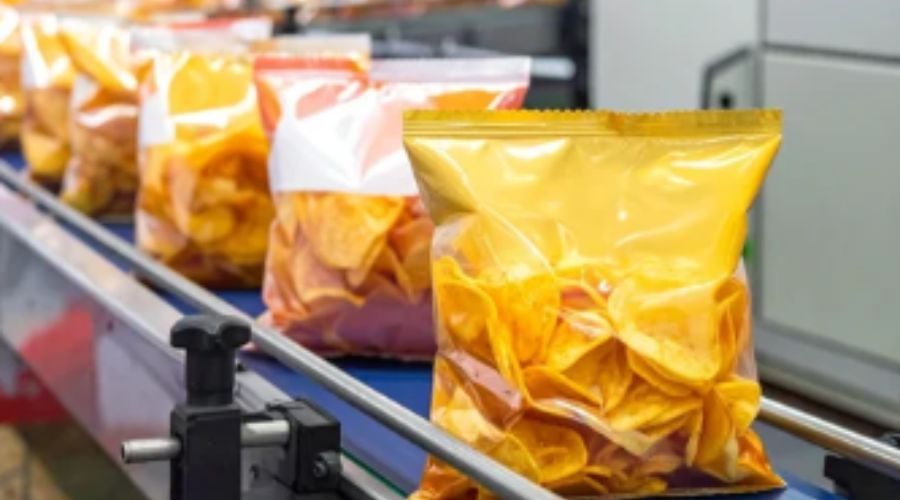
Its Dual Role in Ensuring Safety and Enhancing Operational Efficiency
Beyond preventing contamination, metal detection contributes directly to productivity. By integrating detection into automated processing lines, manufacturers can ensure consistent product quality while reducing downtime caused by manual inspections. To answer a common question—what do metal detectors detect? In the context of food manufacturing, they can identify a wide range of metallic contaminants such as ferrous, non-ferrous, and stainless steel. Understanding how a metal detector works in this environment highlights its dual function: preventing risks while streamlining operations. In short, metal detectors in the food industry deliver both safety and efficiency.
Preparing Snack Manufacturers for Intelligent, Integrated, And Adaptive Inspection Systems
Looking ahead, snack manufacturers must prepare for the next generation of intelligent and adaptive inspection solutions. These will combine traditional metal detection with advanced imaging and data-driven algorithms. Knowing how does a metal detector work and how the metal detector works provides the foundation for embracing these innovations. Future systems will not only answer what can a metal detector detect, but also adapt to changing product types, packaging materials, and regulatory standards in real time. This evolution will transform the metal detector in food industry from a simple checkpoint into an intelligent, integrated, and highly adaptive quality control solution.
FAQ
Q: What can a metal detector detect in packaged snacks?
A: From tiny stainless steel particles to larger fragments of iron or aluminum, ensuring product integrity.
Q: How do food industry metal detectors improve efficiency?
A: They reduce downtime, minimize false positives, and integrate with conveyors and packaging systems for smooth production.
Q: What are future trends in food industry metal detectors?
A: AI-powered detection, hybrid systems with X-ray or vision inspection, and IoT-enabled real-time monitoring.

